My Therapist Origin Story
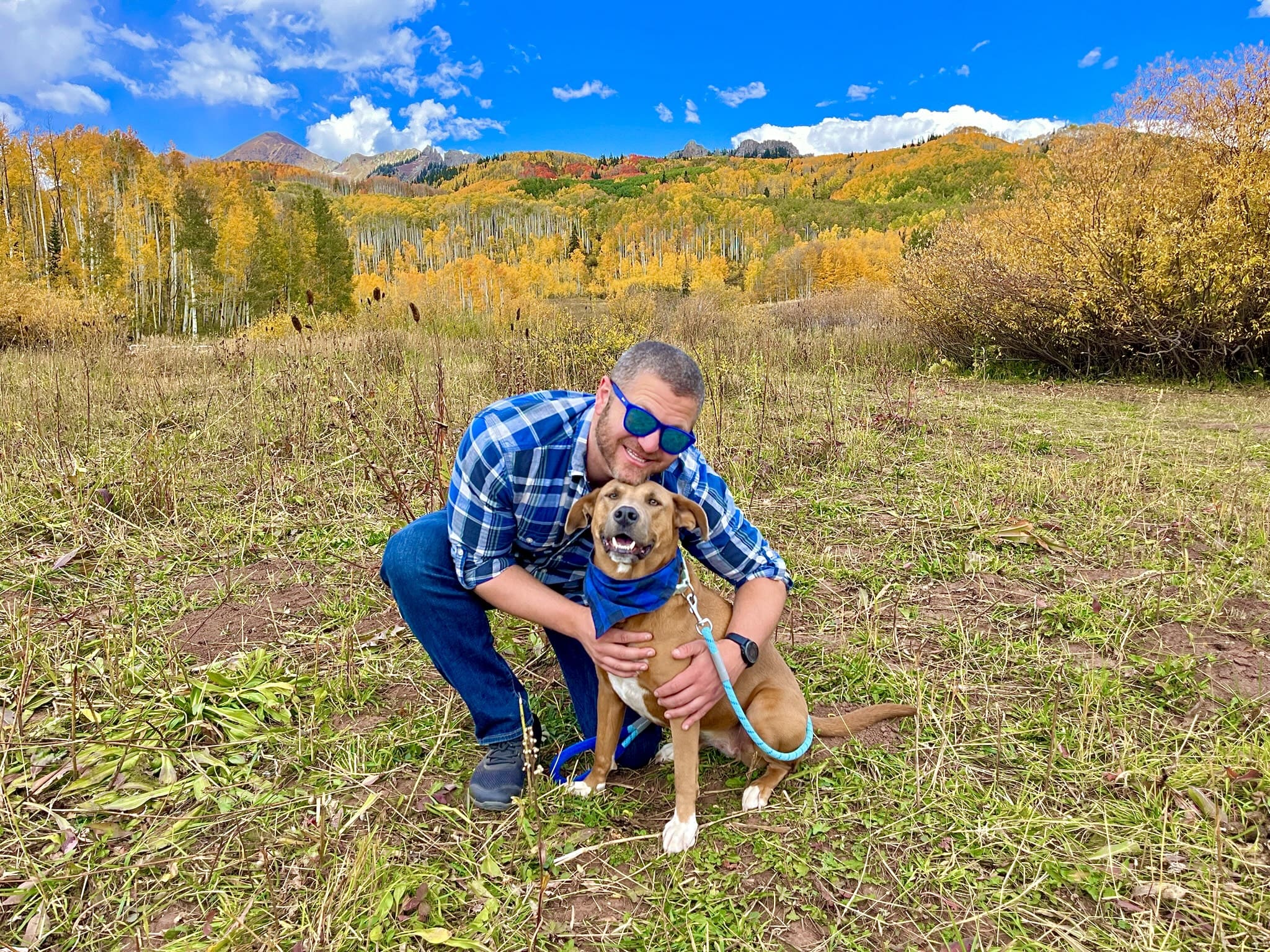
Origins
Welcome to the first post of what I hope will be a fun, genuine, and likely cheesy blog where I share stories from my life, lessons I’ve learned along the way, and topics that often come up in therapy. This isn’t a replacement for therapy, but I hope you find some useful tidbits to carry with you. At the very least, I hope to make you laugh and smile while giving you a glimpse into why I do what I do.
My plan is to write at least once per month—putting this out there publicly to keep myself accountable. Thank you for joining me on this adventure through time and digital space!
Our first stop: my therapist origin story.
Stepping onto ‘a’ Path
Where else could we start but the beginning?
Well, actually, I have no idea where to start—which feels fitting, because I’ve rarely known where I was headed at any point in my life. Even thinking about this post, I struggled to pinpoint where to land. Odds are we’ll time-jump around a bit until I find the right landing spot, which honestly mirrors how the journey has felt.
First stop: Spring of 2013.
I was in year one of my first Master’s program, training to become a physical education and health teacher. Something didn’t feel quite right. I had graduated from the University of Delaware with a fancy piece of paper—a B.S.—which, at the time, I jokingly thought stood for bullsh*t, because I had no idea what I wanted to do with it.
My parents had suggested teaching, which made sense—I liked working with kids—so I gave it a try. But it never felt right. Honestly, nothing really did. Living in New Jersey didn’t feel right either. Every day, I’d escape to a tiny stretch of forest to run and dream of mountains. They were calling, but I didn’t know how to answer. Or maybe I was too afraid.
Then I read The Last Lecture by Randy Pausch.
The Lasting Legacy of the Last Lecture
Randy Pausch was a Carnegie Mellon professor diagnosed with terminal pancreatic cancer in his mid-40s. He had two young children. Traditionally, retiring professors give a “last lecture.” Given his circumstances, he gave his early—and final—lecture (which you can find on YouTube, and I highly recommend it), and later wrote a book to preserve his legacy for his children.
He stood onstage surrounded by giant carnival stuffed animals, talked about winning them, shared stories of working as a Disney “imagineer,” playing flag football, and falling in love. Between the anecdotes were life lessons: about persistence, wonder, and chasing dreams.
That book hit me hard. I realized playing it safe wouldn’t lead to a life I was proud of. I had been building my identity around fitness since I was 16, and constantly dreamed of adventure.
So I Googled a list of the most challenging races in the world and picked one. Two stood out: Badwater 135 (135 miles across Death Valley), and The Death Race—a race with no disclosed distance, no time limit, no gear list until right before, and only a 10% finish rate. Located in Vermont. Perfect.
My Obsession with the Death Race
I became obsessed. I read everything I could find. The website was literally called youmaydie.com. But for months, I couldn’t bring myself to hit the signup button. It felt bigger than me. I imagined the other racers—badass legends—and thought, I’m not like them. I’ll probably fail.
That summer, I led what’s called a teen tour—traveling across the U.S. with 40 teenagers and 5 chaperones for six chaotic weeks. That experience made me realize I could handle a lot more than I thought. It gave me the courage to face the Death Race.
I signed up for the Winter Death Race, scheduled for February in Vermont.
I trained non-stop for months while working as a trainer and taking a full grad school course load. I even had my stepmom set three random alarms between midnight and 5am on separate nights. When each went off, I’d either go for a midnight run, do a workout, or take a cold plunge—alternating each time.
The Death Race consumed me. My friends were probably sick of hearing about it. A week before the race, I got the gear list: a 70lb sandbag, 30 pennies, an Altoids tin, an axe… totally normal stuff. My gear was all brand new. I’d never done anything like this.
Two friends joined me in Vermont to ski while I “partied” in the woods. We were in our hotel when a message came through: the race had started. I had to get to the farm. Immediately.
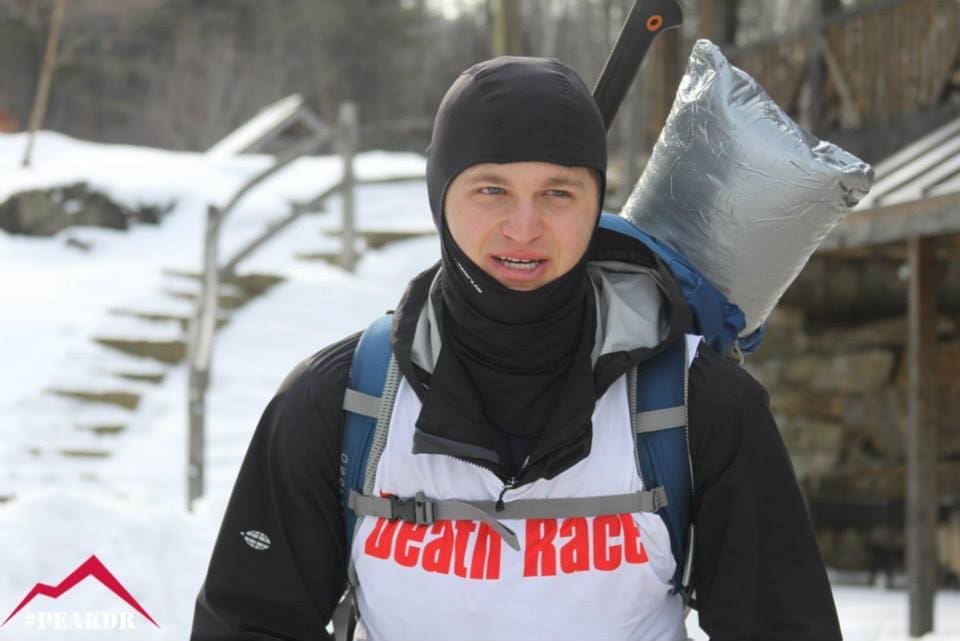
Lost and Found
One of the first things another racer said to me was:
“All of your gear looks new. This is a pretty crazy race. I’m not sure you belong here.”
I just said, “Thanks. I’ll see how it goes,” and started chopping wood for several hours, as instructed.
This race could be its own blog post, but I’ll keep it (sort of) brief: 20 hours in, I was tied for 2nd place, ascending Mount Sable. On the way down, another racer and I missed a turn. The race director gave us alternate directions, but we ended up lost in the Vermont wilderness—for five hours. In the dead of winter.
Eventually, we found a road and hitchhiked back. By then, I was borderline hypothermic and dehydrated. Medical staff tried to pull me, but I stubbornly refused. I tried to continue: dragging my 70lb sandbag up another mountain. I eventually collapsed, passed out on the trail, and woke up in a hospital bed. I had hypothermia, hypoglycemia, and rhabdo. I couldn’t move my body.
I had given everything—and still come up short.
But the race director encouraged me to try again. Two months later, I signed up for the Death Race in Mexico.
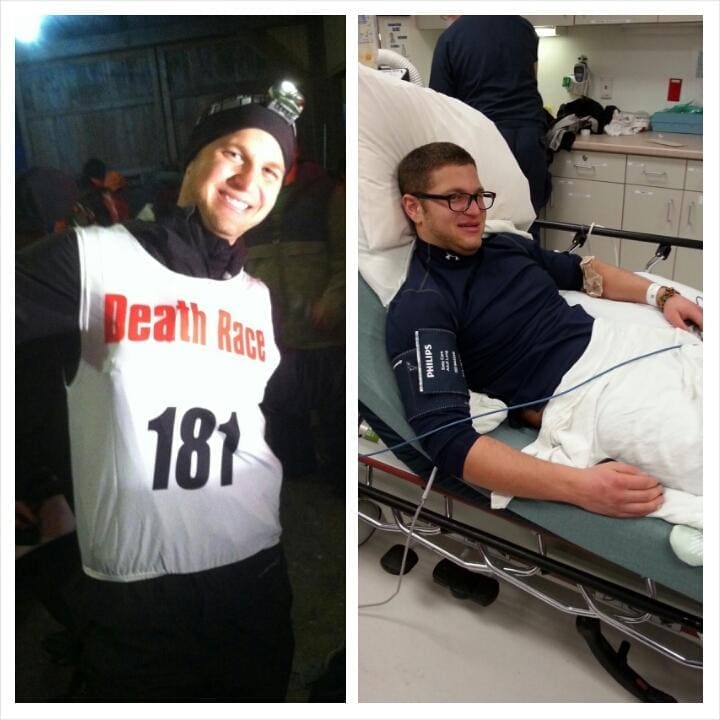
Delayed Gratification
That race involved 31 hours in a cattle truck, dodging bulls, trekking ~60 miles through rugged terrain, filling and hauling sandbags, summiting mountains, and swimming in freezing lakes.
But I finished.
And I learned one of the most valuable lessons of my life: delayed gratification.
In today’s world, it’s so easy to reach for quick dopamine—likes on social media, dating apps, junk food, porn, substances. But long-term meaning doesn’t come from the easy stuff. It comes from choosing the hard path. Facing the discomfort. Doing the thing that takes time.
I also learned that pushing your limits means you’ll sometimes fall short—and that’s okay. That’s where the growth is.
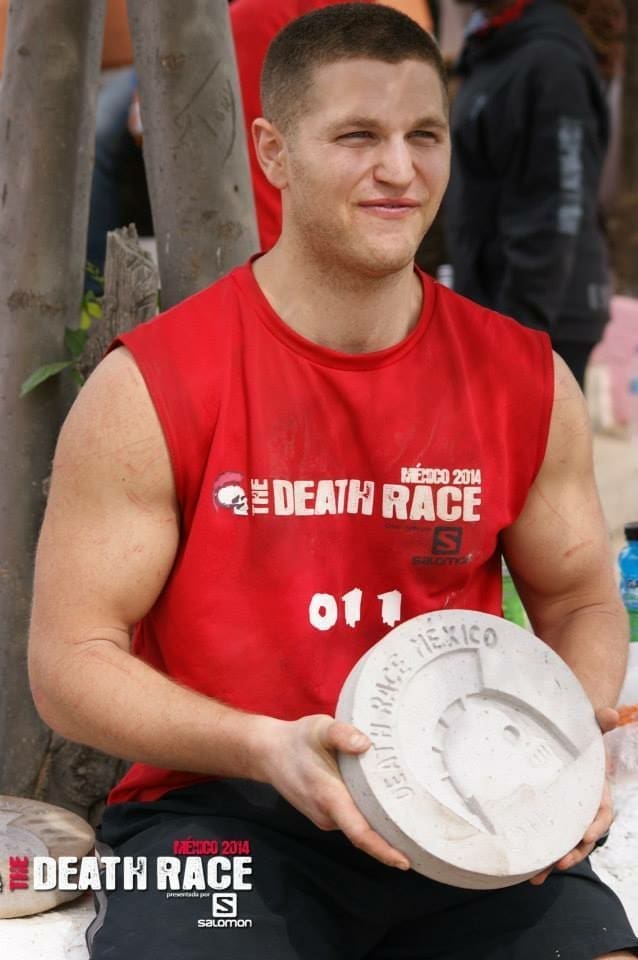
Cue montage music.
Maybe something like “You’re the Best Around” or a classic ’80s training montage song.
You’re the best… around! Nothing’s ever gonna keep you down…
Highlights:
- More adventure races
- More teen tours
- Graduation from Master’s #1
- 200-hour yoga teacher training
- A 12-mile swim in Lake Tahoe (halfway through my 22-mile goal)
- A 10-day Vipassana meditation retreat
Let’s pause there.
Stillness, and a Search for Nemo
10 days of silence. No phones. No music. No reading. No writing. No talking. No food after noon. Just me and my mind.
Sounds awful, right?
It was—for the first three days.
Before I left, I had a full-blown panic attack picking up my meditation cushion from my yoga teacher (let’s call her Brizzle). She reassured me that I could handle it, so I went.
By day four, something shifted.
Stillness took over. My dreams became meditations. My meditations became dreams. Time blurred. I had vivid conversations with my late grandparents—and my childhood dog. In one vision, I was told to go to Australia.
So I did. I booked a one-way ticket, packed a backpack, and flew down under to find Nemo.

The Universe Gives Me a Jolt
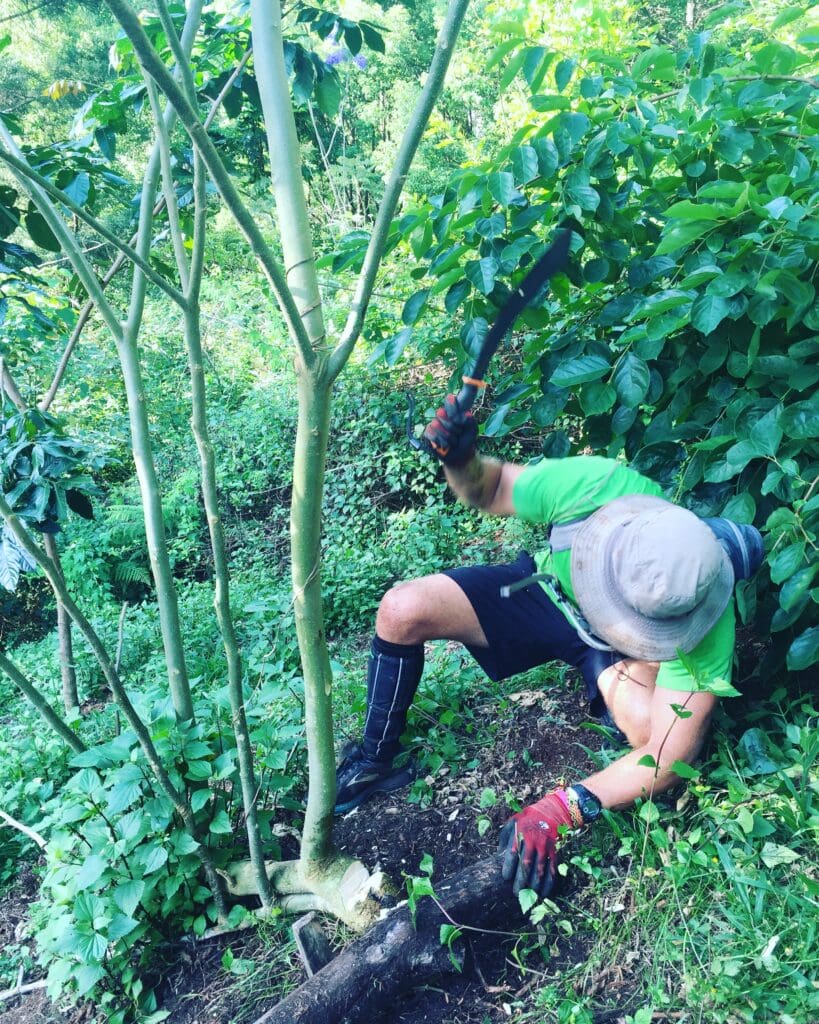
I lived and worked on farms through WWOOFing (Willing Workers on Organic Farms), and trained for a 500-mile stand-up paddleboard journey for an organization called Paddle Against Child Abuse (PACA).
Then a tropical storm hit.
I crashed.
I nearly drowned.
Somehow, I washed ashore—alive, but injured.
I returned to stay with my Aussie host family. One day, Penny said:
“The universe gives you a jolt when you’re off your path. You just got a loud one.”
That hit me hard, about as hard as the headland that I crashed into. Brizzle used to say, “You’re exactly where you’re meant to be.”
So… how had I strayed so far?
I realized I wanted to help people. I wanted to protect kids from the things I endured. I wanted a platform to tell my story. But how?
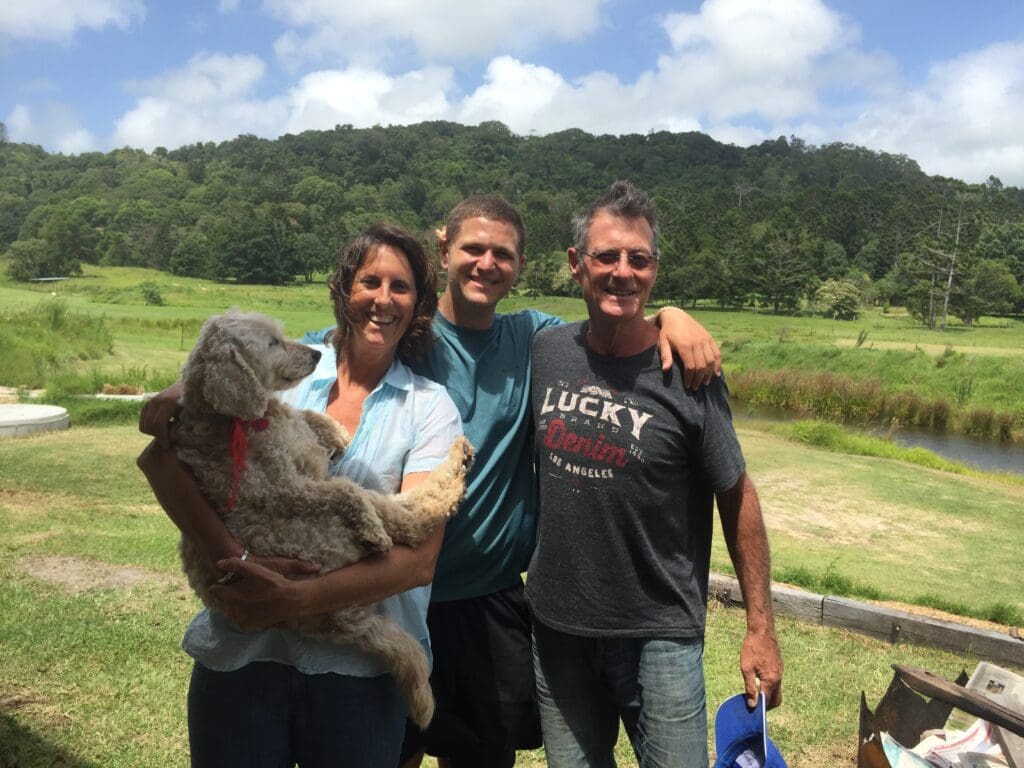
A Student and a Counselor Guide Me to My Path
A year and several countries later, I was back in New Jersey teaching yoga, stress management, and sex ed at a high school.
I liked the work—but something still felt off. Was I just doing what was convenient?
As part of my class, I had students journal. One student wrote something concerning, so I consulted the school counselor. He said she wouldn’t open up to him—maybe she’d talk to me.
She didn’t, at first. But a week later, she emailed me.
We met. She opened up. We talked more. She eventually agreed to see a therapist. The school counselor later told me:
“You have great instincts and a special way of connecting with people. Have you ever thought about becoming a therapist?”
Others had said similar things before.
But I always ignored it.
Not because I didn’t want it—but because it scared me. To be a therapist meant doing the work on myself. Facing the darkest parts of me. That felt terrifying.
But eventually, I knew I had to leap.
I left that job, moved to Durango, Colorado, and within a year applied to Adams State’s counseling program.
In January 2018, I officially began the path.
Coming Full Circle: I Am the Counselor, and I Help People
It’s now July 2025. I live in Arvada, Colorado, and I’m in my fourth year of private practice—and third year running Brett Rein Therapy.
Before this, I worked as a school counselor in Jeffco for two wild years, then spent time in a group practice. The years between then and now are full of stories (some with tails—shoutout to my therapy dog, Harley) that I’ll share in future posts.
But for now, here’s what matters:
I get to show up every day in an office I built. With Harley by my side. Helping incredible people live fuller, freer lives.
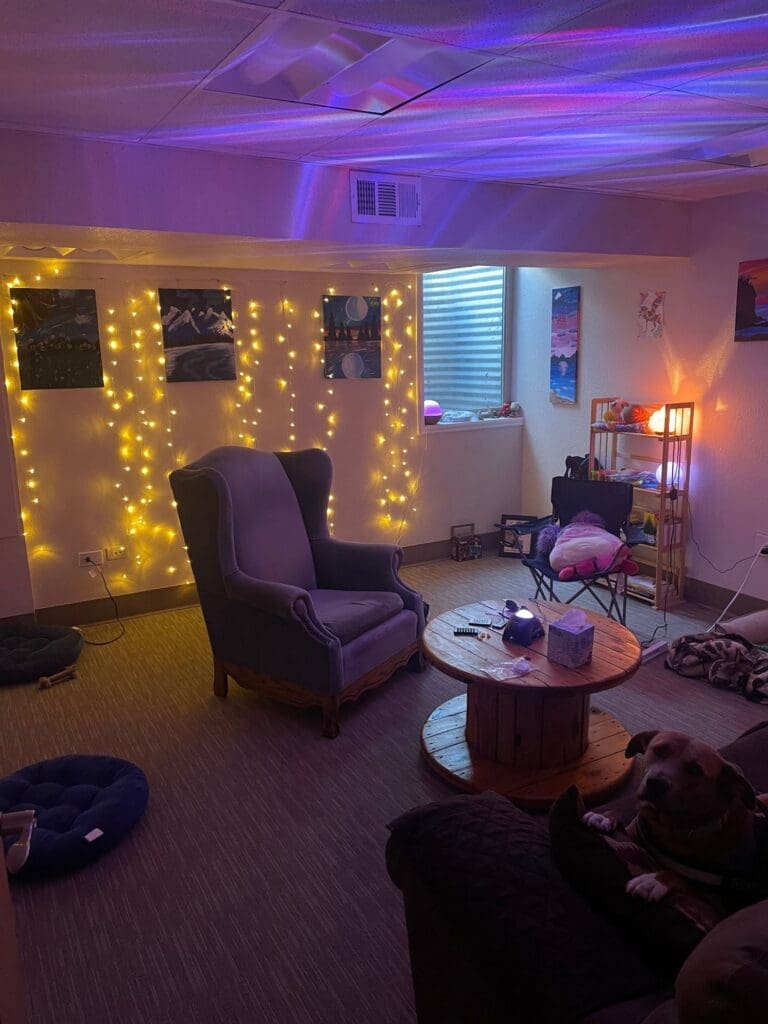
If you’ve ever felt lost or off-course, I hope this reminds you: it’s never too late to course-correct. The road may be winding, and there may be false summits—but it’s always worth walking. Or running.
What’s Your Death Race?
What’s the challenge that could bring you closer to your path?
What’s your version of a paddle across stormy seas?
A trail through the wilderness?
A conversation that changes everything?
The Next Adventure
Right now, I’m training for a 100-mile ultramarathon—back in Durango this August.
That’ll be its own story. Four years in the making.
And it’s going to be epic. So stay tuned.
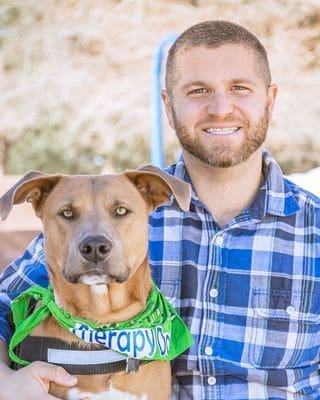
Leave a Comment
Leave a Comment